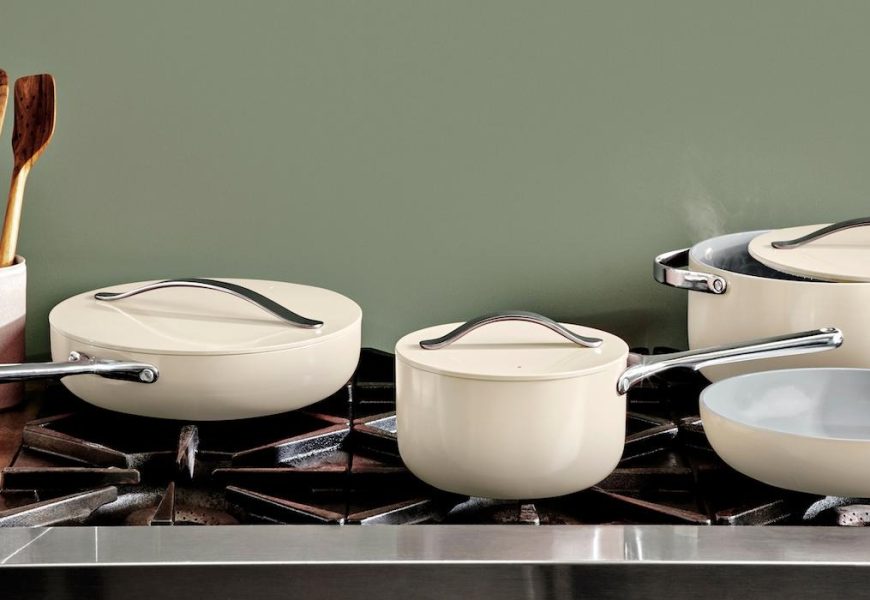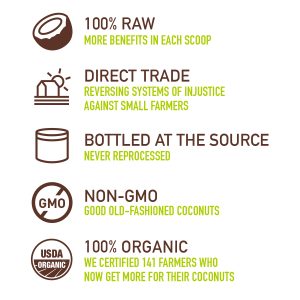The choices we make in our kitchens have a profound impact on the environment. Beyond the ingredients we select, the cookware and utensils we use play a crucial role in shaping our environmental footprint. From raw material extraction to manufacturing processes and end-of-life disposal, every step in the lifecycle of kitchen items has environmental implications. In this article, we explore the environmental considerations associated with choosing cookware and kitchen utensils, providing insights into sustainable practices that align with a green and eco-friendly lifestyle.
1. Raw Material Selection:
The foundation of environmentally conscious cookware and utensils begins with the raw materials used in their production. Opt for materials that have a lower environmental impact and are sourced responsibly. Some eco-friendly options include:
- Stainless Steel: Durable and recyclable, stainless steel is a popular choice for cookware and utensils. Look for products made from recycled stainless steel to further reduce their environmental footprint.
- Cast Iron: Known for its longevity and even heat distribution, cast iron is a sustainable choice. Cast iron cookware can last for generations when properly cared for, minimizing the need for replacement.
- Bamboo: Bamboo is a rapidly renewable resource that can be used to create utensils, cutting boards, and other kitchen items. When sourced responsibly, bamboo is an eco-friendly alternative to traditional materials.
- Glass: Glass is a recyclable material that is free from harmful chemicals. Glass cookware and storage containers are a safe and sustainable option for both cooking and storing food.
2. Non-Stick Coatings:
Many traditional non-stick coatings, such as PFOA and PFOS, are associated with environmental and health concerns. When choosing cookware with non-stick properties, opt for products with ceramic or silicone-based coatings, which are considered more environmentally friendly alternatives. These coatings are free from perfluorinated compounds and are less likely to release harmful substances during use.
3. Recyclability:
Consider the end-of-life impact of your cookware and utensils. Products that are easily recyclable can help reduce the amount of waste sent to landfills. Stainless steel, glass, and certain types of aluminum cookware are highly recyclable. Additionally, some brands offer take-back programs for their products, ensuring responsible disposal and recycling.
4. Energy Efficiency:
The production processes of cookware and utensils contribute to their overall environmental impact. Choose products from manufacturers committed to energy-efficient and sustainable production practices. Look for certifications or information about the company’s environmental initiatives to ensure that your kitchen items are produced with a minimal carbon footprint.
5. Durability and Longevity:
Investing in high-quality, durable cookware and utensils can significantly reduce your environmental impact. Items that are built to last require fewer replacements, minimizing the overall demand for raw materials and reducing the amount of waste generated. Cast iron, stainless steel, and certain types of ceramic cookware are known for their longevity.
6. Responsibly Harvested Wood:
If you prefer wooden utensils, cutting boards, or other kitchen items, ensure that the wood is sourced responsibly. Look for products made from certified sustainable wood or bamboo, which grows quickly and can be harvested without causing long-term environmental damage. Avoid products made from tropical hardwoods, as their extraction often contributes to deforestation.
7. Energy-Efficient Cooking Methods:
The choice of cookware can influence the energy efficiency of your cooking methods. Cast iron and stainless steel cookware, for instance, have excellent heat retention properties, allowing for energy-efficient cooking. Using these materials on energy-efficient induction cooktops or opting for slow cooking methods can further reduce energy consumption in the kitchen.
8. Minimal Packaging:
Consider the packaging of cookware and utensils when making a purchase. Choose products that have minimal or eco-friendly packaging. Some brands are now adopting packaging made from recycled materials or utilizing packaging that is easily recyclable. Avoid products with excessive plastic packaging, as it contributes to the global plastic pollution problem.
9. Local Manufacturing:
Supporting local manufacturers can reduce the environmental impact associated with transportation and logistics. Locally made cookware and utensils often have a smaller carbon footprint as they travel shorter distances to reach consumers. Research and explore local options that align with your sustainability goals.
10. Multi-Functional Items:
Choose cookware and utensils that serve multiple purposes to minimize the number of items needed in the kitchen. Multi-functional items reduce the overall demand for production and can help declutter your kitchen space. For example, a versatile stainless steel pot can be used for boiling, steaming, and slow cooking.
11. Avoid Disposable or Single-Use Items:
Disposable or single-use kitchen items contribute significantly to environmental waste. Opt for reusable alternatives, such as stainless steel or silicone baking sheets instead of disposable parchment paper, or glass storage containers instead of single-use plastic ones. These choices reduce the overall environmental impact of your kitchen and promote sustainability.
12. Upcycled and Recycled Materials:
Some eco-conscious brands are incorporating upcycled or recycled materials into their cookware and utensils. Look for products made from recycled stainless steel, aluminum, or glass. Upcycled materials utilize waste that would otherwise end up in landfills, contributing to a more circular and sustainable economy.
13. Green Certifications:
Certain certifications indicate that a product meets specific environmental standards. Look for cookware and utensils with certifications such as the Cradle to Cradle Certified™ label or the Forest Stewardship Council (FSC) certification for responsibly sourced wood. These certifications provide assurance that the product has been produced with environmental considerations in mind.
14. DIY Repairs:
In the spirit of sustainability, choose cookware and utensils that can be easily repaired. Some manufacturers offer replacement parts or repair services for their products. Investing in items that can be fixed rather than discarded promotes a culture of repair and reduces the overall environmental impact of kitchen items.
15. Consumer Education and Advocacy:
Stay informed about the environmental impact of different materials and production processes. Advocate for sustainable practices within the industry by supporting companies with transparent and environmentally friendly initiatives. Engage with online communities, share knowledge about sustainable kitchen practices, and encourage others to make informed choices.
Conclusion:
The environmental considerations surrounding cookware and kitchen utensils are multifaceted, encompassing raw material extraction, manufacturing processes, and end-of-life disposal. By making mindful choices, consumers can significantly reduce their environmental impact and contribute to a more sustainable future. From opting for responsibly sourced materials to choosing durable and energy-efficient items, each decision in the kitchen can be a step towards a greener and more eco-friendly lifestyle.

















